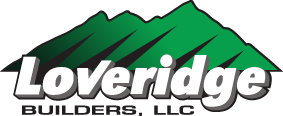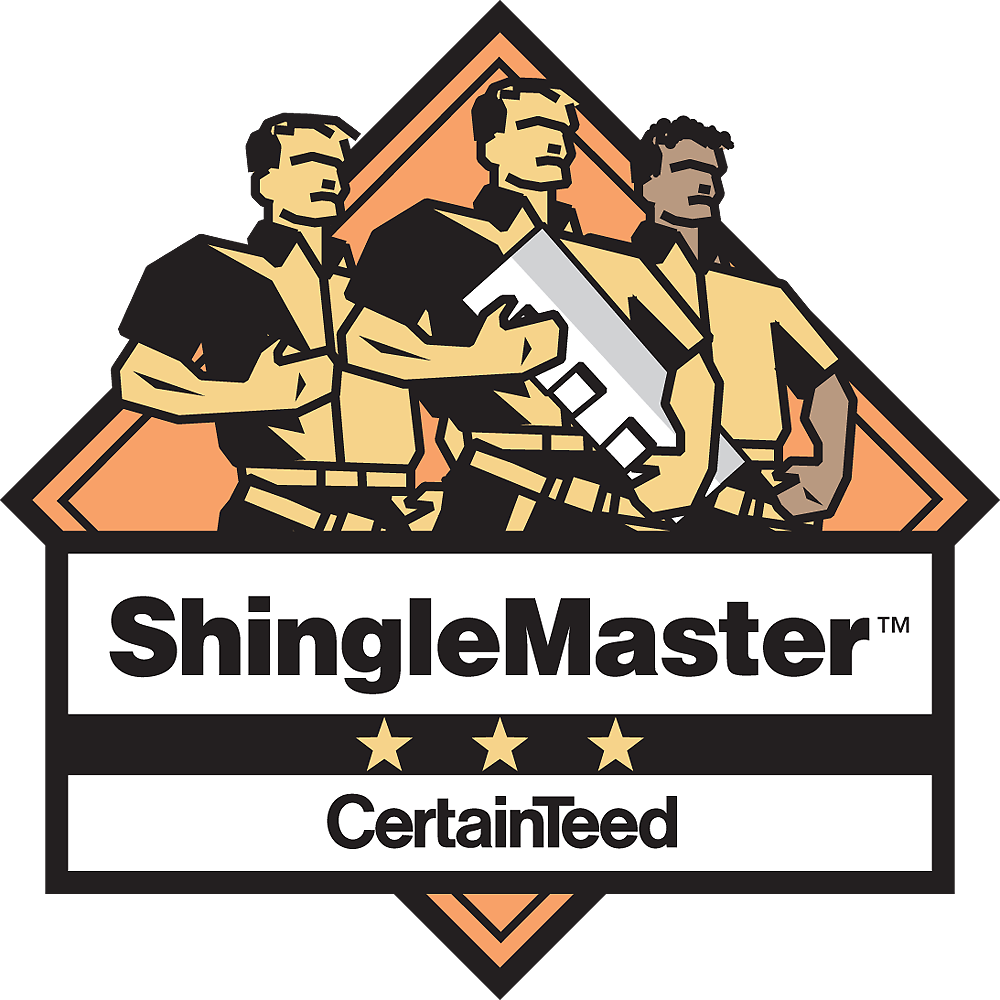Roof Construction and Materials
Domestic roof construction is the framing and roof covering which is found on most suburban detached houses in cold and temperate climates. Such roofs are built with mostly timber, take a number of different shapes, and are covered with a variety of materials.
Modern timber roofs are mostly framed with pairs of common rafters or prefabricated wooden trusses fastened together with truss connector plates. Timber framed, and historic buildings may be framed with principal rafters or timber roof trusses. Roofs are also designated as warm or cold roof depending on how they are designed and built with regard to thermal building insulation and ventilation. The steepness or roof pitch of a sloped roof is determined primarily by the roof covering material and aesthetic design. Flat roofs actually slope up to approximately ten degrees to shed water. Flat roofs on houses are primarily found in arid regions.
In high wind areas, such as where a cyclone or hurricane may make landfall, the main engineering consideration is to hold the roof down during severe storms. Every component of the roof, as of course the rest of the structure, has to withstand the uplift forces of high wind speeds. This is accomplished by using metal ties fastened to each rafter or truss. This is not normally a problem in areas not prone to high wind or extreme weather conditions.
In the UK, a concrete tiled roof would normally have rafters at 600mm centers, roof battens at 300mm centers and ceiling joists at 400mm centers. The United States still uses imperial units of measurement and framing members are typically spaced sixteen or twenty-four inches apart.
The roof framing may be interrupted for openings such as a chimney or skylight. Chimneys are typically built with a water diverter known as a cricket or saddle above the chimney. Flashing is used to seal the gap between the chimney and roofing material.
A simple rafter roof consists of rafters that the rafter foot rest on horizontal wall plates on top of each wall. The top ends of the rafters often meet at a ridge beam but may butt directly to another rafter to form a pair of rafters called a couple. Depending on the roof covering material, either horizontal laths, battens, or purlins are fixed to the rafters; or boards, plywood, or oriented strand board form the roof deck (also called the sheeting or sheathing) to support the roof covering. Heavier under purlins or purlin plates are used to support longer rafter spans. Tie beams, which may also serve as ceiling joists, are typically connected between the lower ends of opposite rafters to prevent them from spreading and forcing the walls apart. Collar beams or collar ties may be fixed higher up between opposite rafters for extra strength. The rafters, tie beams, and plates serve to transmit the weight of the roof to the walls of the building.
Pre-manufactured roof trusses come in a wide variety of styles. They are designed by the manufacturer for each specific building.
Timber trusses also are built in a variety of styles using wood or metal joints. Heavy timber rafters typically spaced 8 feet (2.4 m) to 12 feet (3.7 m) apart are called principal rafters. Principal rafters may be mixed with common rafters or carry common purlins.
Roof framing must be designed to hold up a structural load including what is called dead load, its own weight and the weight of the roof covering, and additional loading called the environmental load such as snow and wind. Flat roofs may also need to be designed for live loads if people can walk on them. In the United States, building codes specify the loads in pounds per square foot which vary by region. The load and span (distance between supports) define the size and spacing of the rafters and trusses.
The roofing material is primarily designed to shed water. The covering is also a major element of the architecture so roofing materials come in a wide variety of colors and textures. The primary roof covering on houses in North America are asphalt shingles, but some have other types of roof shingles or metal roofs. Tile and thatch roofs are more common in Europe than North America. Some roofing materials help reduce air conditioning costs in hot climates by being designed to reflect light.
Ventilation of the roof deck speeds the evaporation of water from leakage or condensation and removes heat which helps prevent ice dams and helps asphalt shingles last longer. Building codes in the U.S. specify ventilation rates as a minimum of 1 sq. ft. of opening per 150 sq. ft. (1:150) with a ratio of 1:300 in some conditions.Warm air rises so ceiling insulation is designed to have a higher R-value and the insulation is often installed between the ceiling joists or rafters. A properly insulated and ventilated roof is called a cold roof. A warm roof is a roof that is not ventilated, where the insulation is placed in line with the roof pitch. A hot roof is a roof designed not to have any ventilation and has enough air-impermeable insulation in contact with the sheathing to prevent condensation, such as when spray foam insulation is applied directly to the under-side or top-side of the roof deck or in some cathedral ceilings.
A more recent design is the installation of a roof deck with foil-backed foam along with a second deck that is air-gapped away from the foil-backed foam to allow air to flow vertically to a ventilation outlet at the peak of the roof—it is a double deck design with an air gap. This design improves efficiency.

.png)



